Alberto M. Segre
The University of Iowa, Iowa City, IA, USA
21 Million Opportunities: A 19 Facility Investigation of Factors Affecting Hand Hygiene Compliance via Linear Predictive Models
Jan 26, 2018


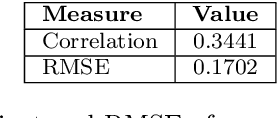
Abstract:This large-scale study, consisting of 21.3 million hand hygiene opportunities from 19 distinct facilities in 10 different states, uses linear predictive models to expose factors that may affect hand hygiene compliance. We examine the use of features such as temperature, relative humidity, influenza severity, day/night shift, federal holidays and the presence of new medical residents in predicting daily hand hygiene compliance; the investigation is undertaken using both a "global" model to glean general trends, and facility-specific models to elicit facility-specific insights. The results suggest that colder temperatures and federal holidays have an adverse effect on hand hygiene compliance rates, and that individual cultures and attitudes regarding hand hygiene exist among facilities.
A Large-Scale Exploration of Factors Affecting Hand Hygiene Compliance Using Linear Predictive Models
Jul 07, 2017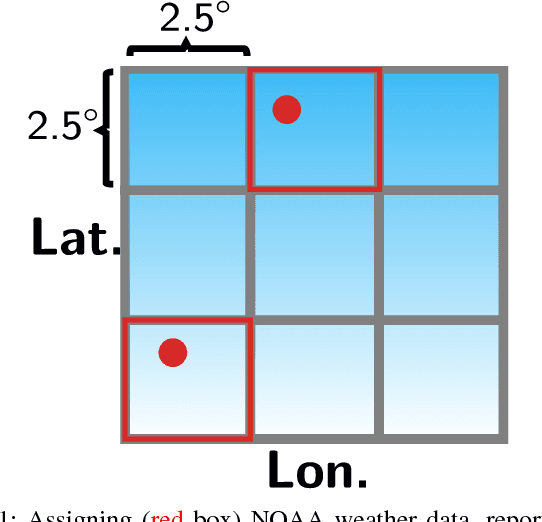
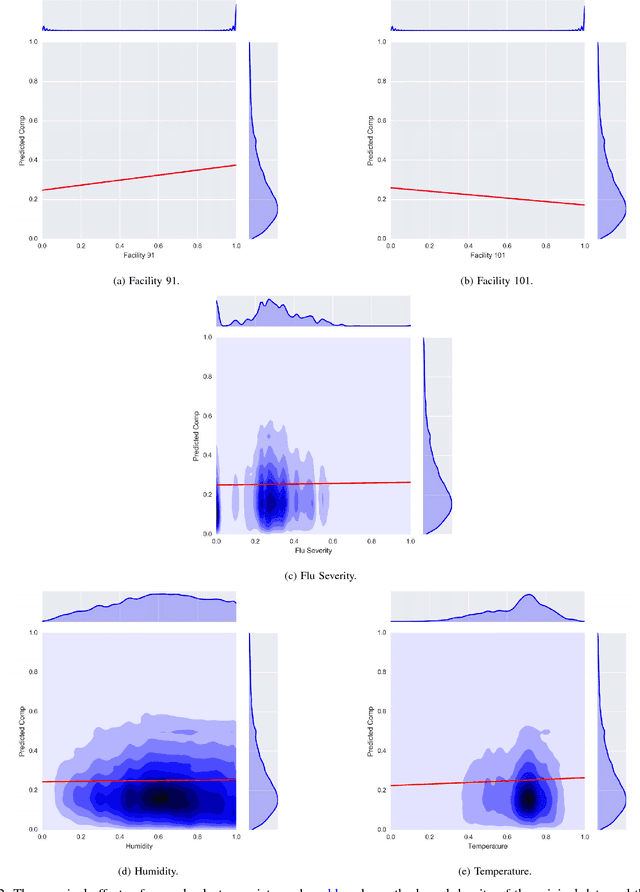

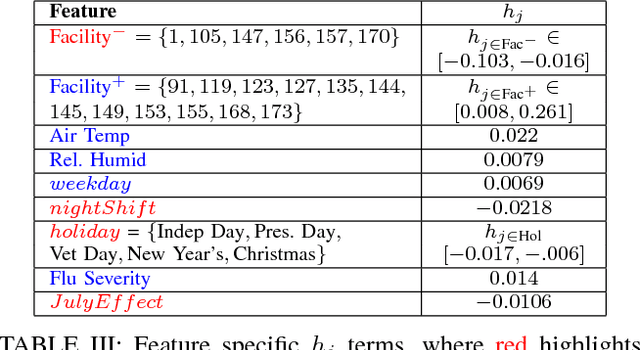
Abstract:This large-scale study, consisting of 24.5 million hand hygiene opportunities spanning 19 distinct facilities in 10 different states, uses linear predictive models to expose factors that may affect hand hygiene compliance. We examine the use of features such as temperature, relative humidity, influenza severity, day/night shift, federal holidays and the presence of new residents in predicting daily hand hygiene compliance. The results suggest that colder temperatures and federal holidays have an adverse effect on hand hygiene compliance rates, and that individual cultures and attitudes regarding hand hygiene seem to exist among facilities.
Eliciting Disease Data from Wikipedia Articles
Aug 24, 2015

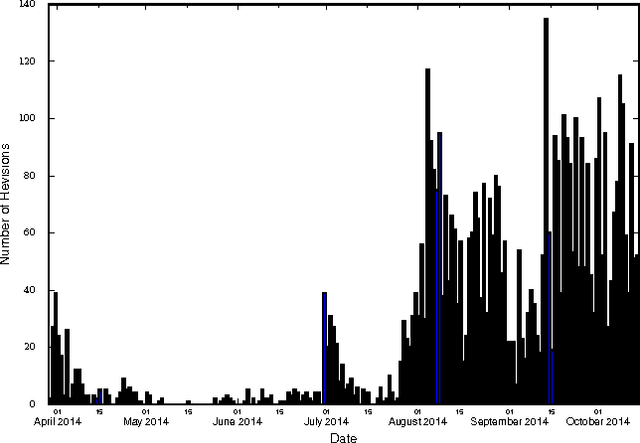

Abstract:Traditional disease surveillance systems suffer from several disadvantages, including reporting lags and antiquated technology, that have caused a movement towards internet-based disease surveillance systems. Internet systems are particularly attractive for disease outbreaks because they can provide data in near real-time and can be verified by individuals around the globe. However, most existing systems have focused on disease monitoring and do not provide a data repository for policy makers or researchers. In order to fill this gap, we analyzed Wikipedia article content. We demonstrate how a named-entity recognizer can be trained to tag case counts, death counts, and hospitalization counts in the article narrative that achieves an F1 score of 0.753. We also show, using the 2014 West African Ebola virus disease epidemic article as a case study, that there are detailed time series data that are consistently updated that closely align with ground truth data. We argue that Wikipedia can be used to create the first community-driven open-source emerging disease detection, monitoring, and repository system.
 Add to Chrome
Add to Chrome Add to Firefox
Add to Firefox Add to Edge
Add to Edge